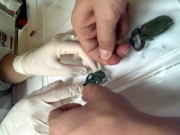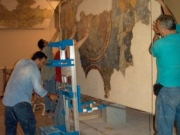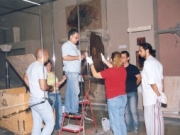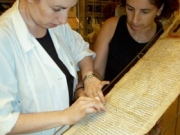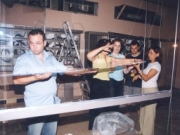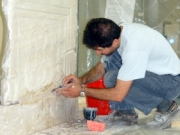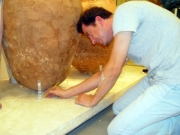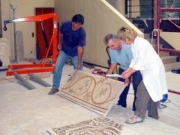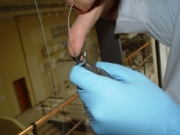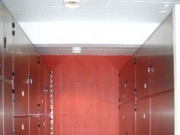Conservators behind the scenes
- Exhibitions
- Moving artefacts
External transfers are carried out by accredited companies which specialize in moving archaeological and museum artefacts. Artefacts on the move are accompanied by a dossier documenting every stage of the transfer, the artefact’s state of preservation, the conditions pertaining to the move, packaging, storage, and exhibition of the artefact.
- Storage areas
The artefacts are sorted by material and in accordance with the environmental conditions they require.
The modern storage systems are made out of stainless steel, and were designed to allow the storage areas to be emptied quickly in an emergency.
All storage areas are equipped with a fire-detection and extinguishing system, a system for monitoring environmental conditions, and closed-circuit television.
The Museum storage facilities are not open to the public, though the Museum does arrange tours for groups (students and others) by prior arrangement.









